In warm, dark environments, biofilms form on surfaces in water or are in constant contact with water. For example, it is not uncommon to find biofilms growing in hot tubs because of the plumbing and filtration systems.
The presence of biofilm greatly decreases your sanitizer’s effectiveness for bacteria protection since removing it from the water continuously uses up the residual. It may also affect your waterline or filter in the form of discoloration.
How Do You Know if You Have Biofilm in Your Hot Tub?
A film around the tub
The presence of a biofilm can sometimes be difficult to detect for hot tub users. Look for a slimy film around your hot tub if you suspect your hot tub has a biofilm.
Using more sanitizer
If your hot tub is also requiring more sanitizer than usual, you may have a biofilm problem.
Scum in the spa jets
Once your spa jets are disassembled, you can examine the insides for any slimy or oily substances, which are usually brown. Those spas that have a ring of scum on the water line or under the spa pillow might have biofilm problems.
Sludge in the pump drain or filter
It is almost impossible to identify and test for. It is almost microscopic in its early stages. Empty the spa and swab inside the main drain and filter body or inside the pump drain plug. You might find some discolored, sludgy debris.
How to Get Rid of Biofilm in Hot Tub?
Gather the necessary tools
- Water testing kit
- Skimmer net
- Oil-absorbing sponge
- Biofilm cleaner
Test and balance your water
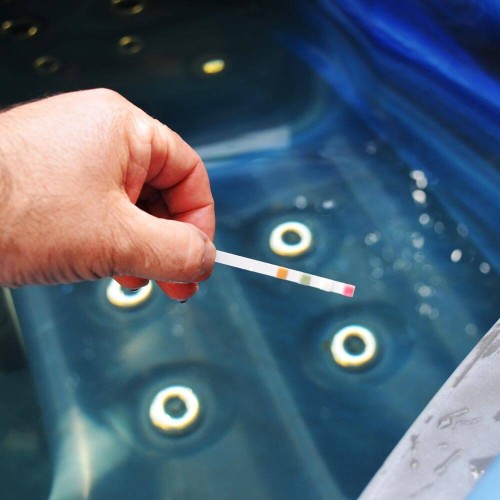
When you have a scum problem, you need to adjust the water chemistry. The first step is to get the water chemistry back to neutral.
Test strips, liquid test kits, or digital testing meters may be used for testing. Testing and balancing should be done for pH, calcium hardness, total alkalinity chlorination, and bromination.
The ideal pH value is 7.4-7.5, alkalinity between 80 and 120 parts per million, calcium in the range of 175 to 250 parts per million, chlorine between one and three parts per million, and bromine 3 or 4.
Clean the surfaces of gunk
There will be scum on the water’s surface, so you should try to eliminate it as much as you can.
A skimmer net can help you collect as much as possible. When there are many passes, it’s good to wash the net between each one.
Scum can also be removed from water using oil-absorbing sponges. When placed in the tub, a sponge can be used to soak up the offending material.
Use a biofilm remover
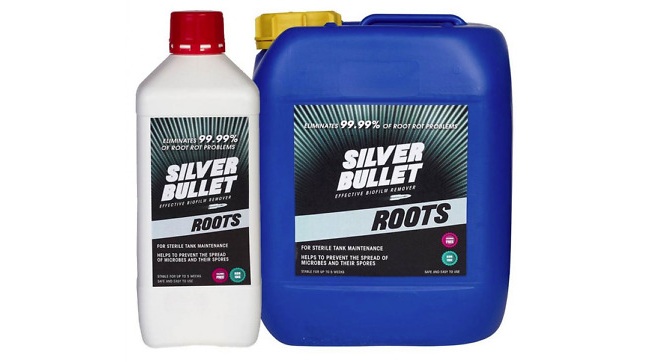
Biofilms are also called slimes or white water molds because these microorganisms thrive in a moist environment and adhere to surfaces in direct contact with water.
Microorganisms in hot tubs protect themselves from chlorine and bromine by covering themselves in pink slime. There is a lot of biofilm in spas since it thrives in warm, dark conditions.
The tub’s pollutants facilitate the growth of biofilm. It is possible that mycobacterium fortuitum, Escherichia coli, and Legionnaires disease could all be caused by biofilm.
As sanitizers are ineffective against biofilm, it is necessary to use a cleaner designed specifically to break it down. Then run the pump for an hour with the chemical added to the water. As a result, the chemical has ample time to remove biofilm from the bathtub and the filtration system and pipes.
Replace or clean your filter
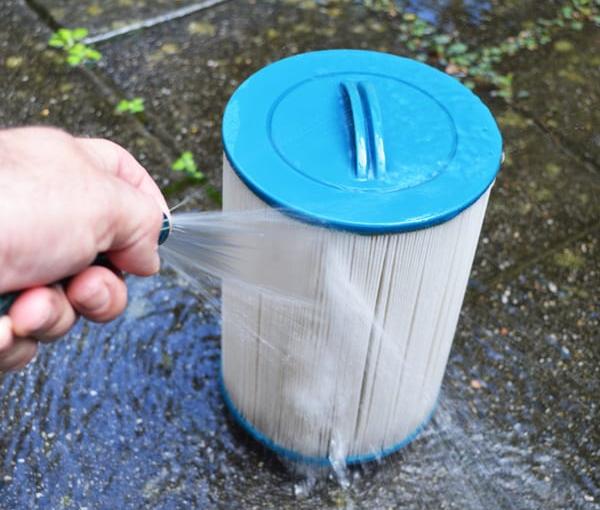
The next step is to clean out your cartridge filter. After scrubbing the tub and running the pumps, the pollutants will have been filtered away. Unfortunately, this will severely compromise the filter.
Remove the filter housing from the filter. The filter may have to be replaced entirely to achieve optimum cleanliness.
It’s probably worth a shot to hose it down and remove any foreign matter that’s stuck between the pleats. For filthy filters, soak them in a chemical solution overnight. Then, wash them before reinstalling them in your hot tub.
Do a full drain
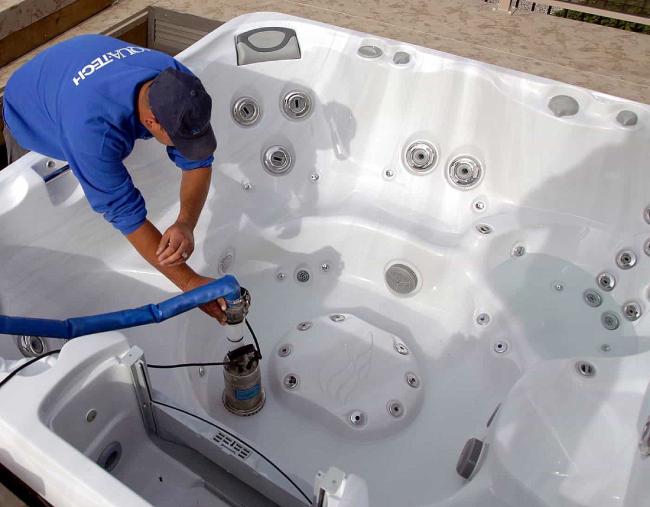
When the water in your tub is contaminated and no amount of sanitizer seems to work, we recommend draining the tub completely. This is sometimes the only way to get rid of soap scum and biofilm from your tub.
Draining is a relatively simple process, and the water will be as clean as new after you drain it.
How to Keep Hot Tub Biofilms Away?
Cover your spa when not in use
Cover it when your spa isn’t in use to keep rainwater, animals, and debris out. This will keep the spa water clearer and much cleaner.
Clean the filter
Sanitizers kill contaminants in the water, but filters are responsible for removing these dead particles. Filters can become clogged with all these particles reducing the water quality.
Shock weekly
The spa plumbing should be kept clean and sanitized using a weekly shock with your choice of sanitizer.
Periodic draining and cleaning
Drain and clean your hot tub every three to four months to avoid chemical build-ups and other problems.
Balance your water
A hot tub becomes upset when an offending substance enters the water, disrupting the water’s pH balance
Your sanitizer will be rendered useless, as will the pH level, the total alkalinity, as well as the calcium hardness.
Upgrade your water with additional protection
AOP systems, utilize an advanced oxygenation process to ensure that your spa water stays clean, fresh, and clear. The AOP spa system produces hydroxyl radicals that destroy contaminants in spa water.
What damage can biofilm do?
Health damage
By inhaling sprays and mists created by spa jets, your lungs may be exposed to bacteria formed in the spa. The condition could result in a staphylococcus infection that causes a red, boiling rash or a more serious infection called Legionnaires disease, which can be fatal if not treated.
Spa damage
Your spa water can become cloudy due to biofilms. The acidity of biofilms will corrode metals, including pumps, heaters, jet furniture, ladders, and filter parts.
- Pipework in your spa can be particularly damaged by biofilms, which can lead to corrosion and severe blockages.
- Your spa may foam when it is infected with biofilm.
- It is more common for biofilm to form on spa filters due to dead skin cells and other particles that accumulate on the filter. As a result, your filters become ineffective. Blockage reduces water flow through the filter. If you don’t change or clean your filters often, heaters can become damaged over time.
FAQs
Q. 1: Do I still need to add other chemicals to my hot tub?
Ans. Yes. Adding a sanitizer and checking the pH will still be necessary. As a result, sanitizers are more effective when biofilm is eliminated and prevented. The hot tub requires less sanitizer as a result.

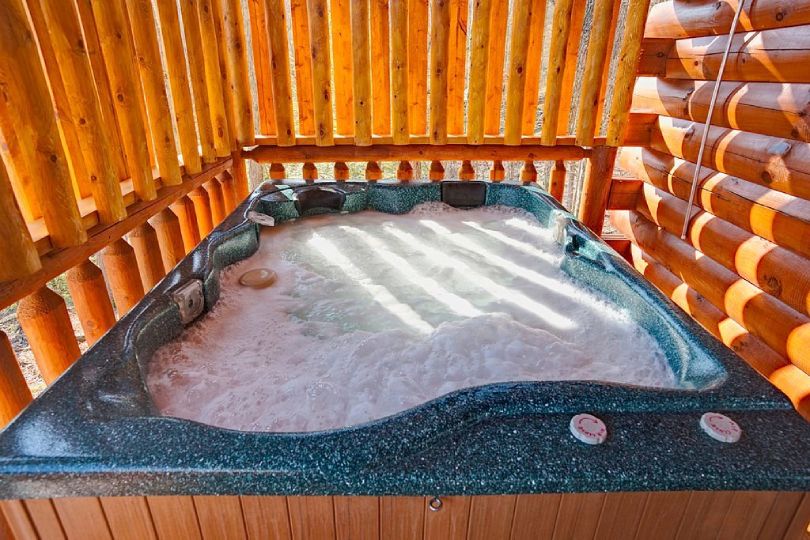






Leave a Comment